|
Well, I had my second Watercolor Escape Saturday last weekend on March 28th. If you are new to this my wife, Marilee and I are committed to broadcasting a Facebook Live every Saturday at noon EST till our lives kinda get back to some type of normal. We want to offer an escape even for an hour or two. In this week's blog post I have included the video now on YouTube (edited as a paint-along) and my demo notes. Here's what you will find:
Gallery of Work Highlighted in Video Below are several demos I did playing with composition and value studies before the final painting titled Walking in My Father's Footsteps. I also share additional paintings in the video. Click on the painting to see a larger version. Gift Every year I paint a special birthday card for Marilee. I remember once a long time ago we went to the Terra Museum to John Singer Sargent watercolor show. Sargent would paint special gifts for his sister with tender words and well wishes. They were touching and moved both of us. This painting is of one of our favorite walks in spring up not far from our cabin. The silver light and tender greens you only see during this time of year. This study was painted on handmade paper containing seeds, leaves, and stems. The paper had very little sizing so planning my brushstrokes were essential. Could not rework once the paint was laid down. Final studio painting I promised myself I would experiment with new color combinations during this down time. Here is an example a new color combination palette. And don't think you can't find painting reference material. This was taken by Marilee while we were driving north through Wisconsin to our cabin. The sun was setting, the sky was on fire and the earth was rich with color. Here's my 6-color full palette:
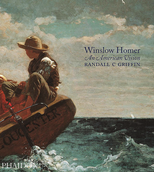 The Master I have enjoyed Winslow Homer watercolors long before I ever picked up a paint brush. My father admired his work and would share his paintings with me. He would break composition rules and make them work. I suggested a Homer book that looks like it's out of print but you may find on Ebay. There are other Homer books at Amazon (CLICK HERE) like this one. If you rather go to your library and check-out a book. Also here's a website to view. CLICK HERE.  Poppy Incase you didn't here we got a new puppy this year. Her name is Miss Poppy, a Pembroke Welsh Corgi and she is such a joy. It's a blessing to have her and an additional heartbeat in our house. Well that's it for now. I hope we will see you next Saturday at noon EST on my Facebook page for another Watercolor Escape Saturdays. Remember Leave a comment below, tell me what you think and what you would like to see in the future. Wash your hands and your brushes, Dale AFFILIATE DISCLOSURES
Amazon: As an Amazon Associate, I earn from qualifying purchases.
0 Comments
UPDATE: |
| First of all, Mainstreet is nestled in the quaint town of Lake Zurich, IL. Frankie Johnson, Owner, and Director has owned Mainstreet for almost 26 years. She is an accomplished master painter with over 40 years of experience in oil painting and pastels. She shares this knowledge with her students and it shows. I am always amazed at the talent that comes out of this art school Checkout Frankie's personal studio site. www.frankiejohnsonartstudio.com |
Let me show you how to ignite your passion for watercolor. In this 3-day workshop, the student will experience my unique step-by-step instruction in transparent watercolor. Exploring the beauty of nature, and gain a deeper, richer understanding of the techniques, properties, and tools of this unique medium. Students will learn how to block in the painting, interpret color, values and temperatures. Use different processes of watercolor: work wet-into-wet as well as wet-on-to-dry. Understand the importance of a focal point and how to place it. He will also share his secrets to bring your painting to a new level.
Landscape photo references will be supplied by the instructor. Supply list will be handed-out at registration. If you have any questions please email me.
|
|
The watercolor workshop went very well, and the students were great! I was impressed with the enthusiasm and the final paintings. Oh, and the heartiness of these artists fighting the frigid temps and snow.
This eager group of artists wanted to focus on snow and pines. I demonstrated a snow scene in the morning working through the three phases of a transparent watercolor painting. Working light to dark, background to foreground and warm to cool.
After we broke for lunch, we started the second painting – a paint-along. I feel this is a great way to have the students learn watercolor in small doses. In my experience, the student retains the information they have learned.
We talked colors and which brushes to start with. This is a block-in stage, so a big brush is a key to your success. I painted the first phase, and then the students went back to their easels and recreate the first phase. I always walk around and give personal direction with every student.
I took the students through phase-two which takes twice as long as the first. I walked then through the difference of winter verses a spring or summer. The sky is different, bark on the trees and overall light.
Phase three you really slow down, and now they can go in and use smaller brushes. This is the final stage where you focus on the details. I always feel an accomplishment when I take the tape of the painting. This clean edge gives you a sneak peek of what a mat will look like on your painting
Any questions, leave me a comment. I would be more than happy to talk watercolor and drawing.
While you are here check out my website. You will find:
• My current paintings
• Workshops and demonstrations dates and locations
• My teaching schedule in the Chicagoland area
• Online Gallery
• Online watercolor courses
• Link to my Newsletter
• and more
And, please subscribe to my YouTube channel.
Principles and Techniques of Drawing and Painting
Robert J Krajecki IWS
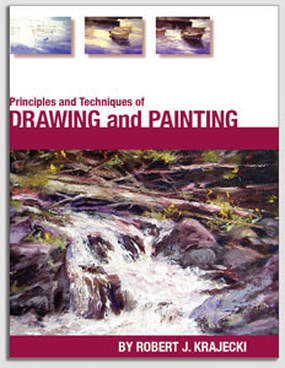
Hard Bound
978-0-9997238-4-5
$40.00+$3.00 shipping
Soft Cover
978-0-9997238-5-2
$35.00+$3.00 shipping
You can pay with PayPal to [email protected],
or send a check to:
Robert J. Krajecki
46W420 Main Street Rd
Elburn, Illinois 60119
RobertJKrajecki.com/books.html
Dale L Popovich IWS
Dale is an award-winning watercolorist and teacher passionate about capturing the raw beauty of the American landscape with the fluid stroke of a brush. As you will see, the works selected in his portfolio represent the depth of his holistic approach to painting. You can also learn with this talented and experienced teacher through his workshops, Palette & Chisel, and Popovich Studio classes.
Archives
April 2024
October 2023
February 2023
October 2021
June 2021
April 2021
March 2021
February 2021
January 2021
August 2020
July 2020
May 2020
April 2020
March 2020
February 2020
October 2019
September 2019
July 2019
June 2019
May 2019
April 2019
February 2019
January 2019
September 2018
August 2018
July 2018
June 2018
May 2018
April 2018
March 2018
February 2018
January 2018
Categories
All
1 Day Watercolor Workshop
1-day Watercolor Workshop
2020 Watercolor Workshop
2021
2 Day Watercolor Workshop
2-day Watercolor Workshop
30 IN 30 CHALLENGE
3 Day Watercolor Workshop
4 Day Watercolor Workshop
Airdrop
Alaska
Alyson A Stanfield
Art Business
Artist Helping Artists
Art League Demo
Block In
Block-In
Books
Brown County Art Gallery
Chesterton Art Center
Chicago
Critique
Dale Popovich
Dale Popovich YouTube Channel
Demonstration
Door County
Drawing
Drawing And Painting
DVD
Elmhurst Artists' Guild
Elmhurst Art Museum
Eric Rhoads
Establishing Secondary Masses In Watrcolor
Facebook Live
Golden Paints
Greens
IL
IN
Indiana Heritage Arts
Indigo Paper
Irving Shapiro
John F Carlson
Judge
Kilimanjaro 300 Lb
Lakeland Art League
Landscape Painting
Leslie Saeta
Library
Linear Perspective
LOLA Land 'O Lakes Arts
Mainstreet Art Center
Margaret Sheldon
McCord Gallery
Nashville
Nature
Next Picture Show
Notan
One Day Workshop
One-Day Workshop
One-Man Show
Online
Paint Along
Paint-Along
Painting Landscapes In Watercolor
Painting Nature
Painting Reflections
Painting Water
Palette & Chisel Academy Of Fine Art
Peninsula School Of Art
Photo Reference
Plein Air Painters Chicago
QoR Watercolors
Review
Robert J Krajecki
Technology
The Final Details In Watercolor Painting
Transparent Watercolor Painting
Value
Values
Voyage Chicago
Water
Watercolor
Watercolor Basics
Watercolor Class
Watercolor Demo
Watercolor Demonstration
Watercolor Escape Saturdays
Watercolor Painting
Watercolor Paints
Watercolor Paper
Watercolor Society Of Indiana
Watercolor Studies
Watercolor Teacher
Watercolor Waterfalls
Watercolor Workshop
Waterfalls
WI
Workshops
YouTube
Zoom

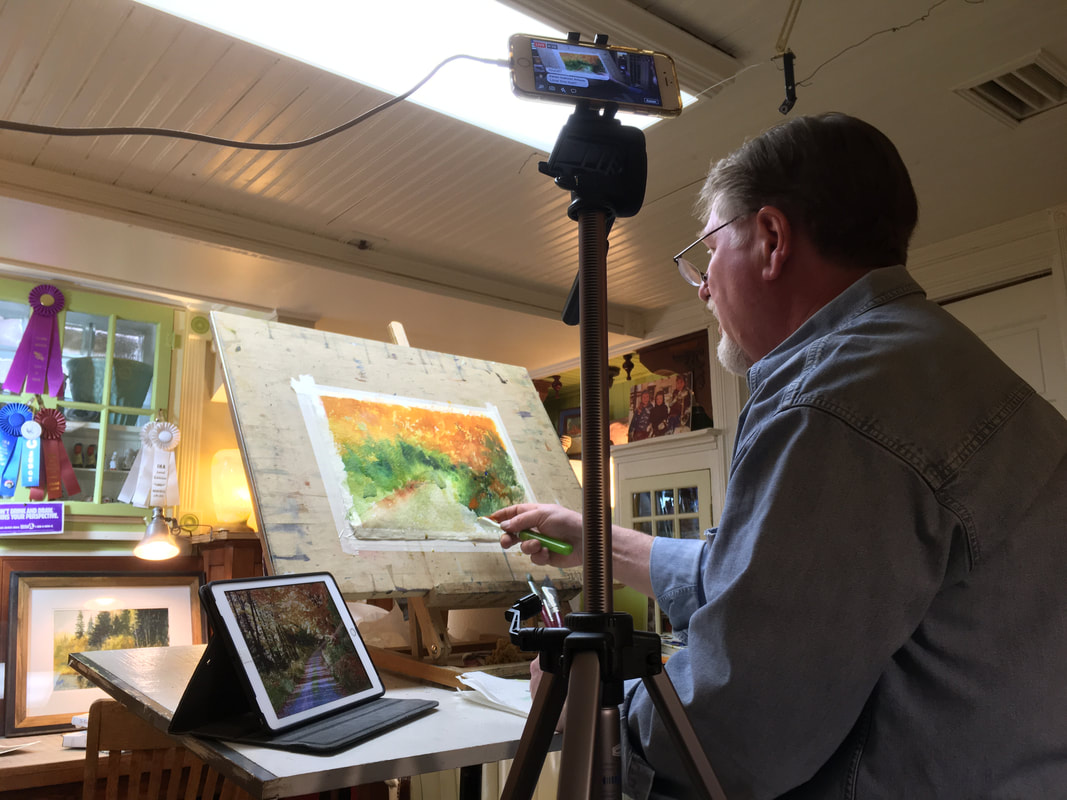
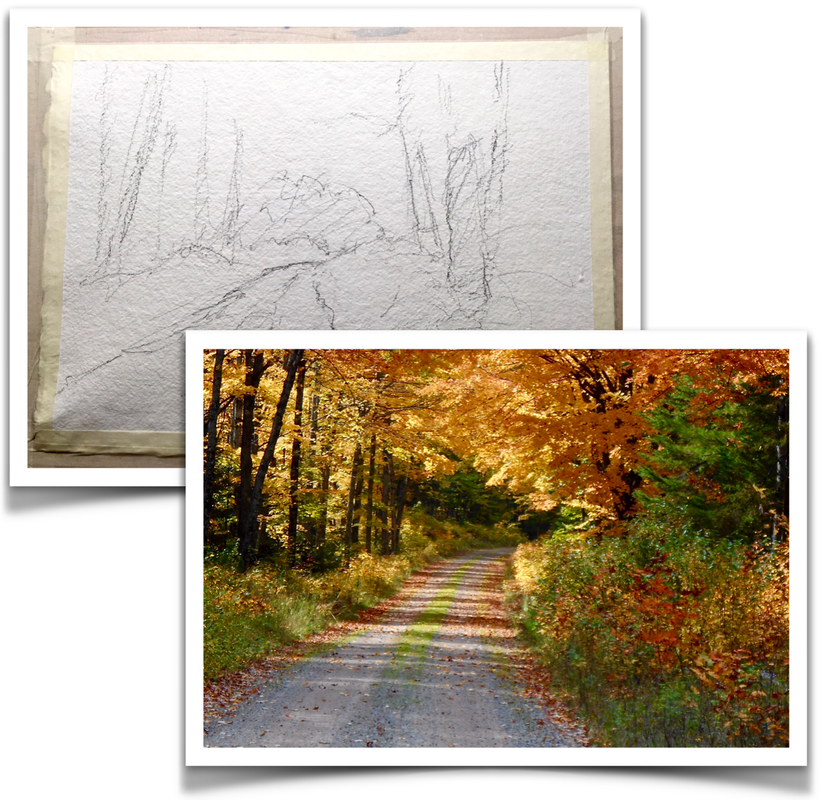
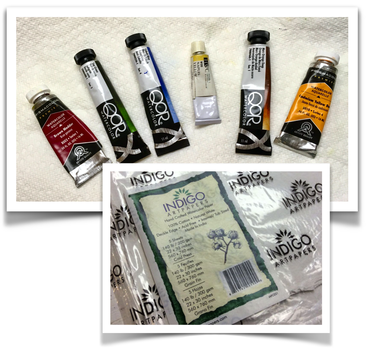
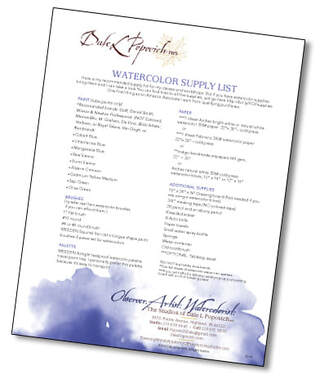
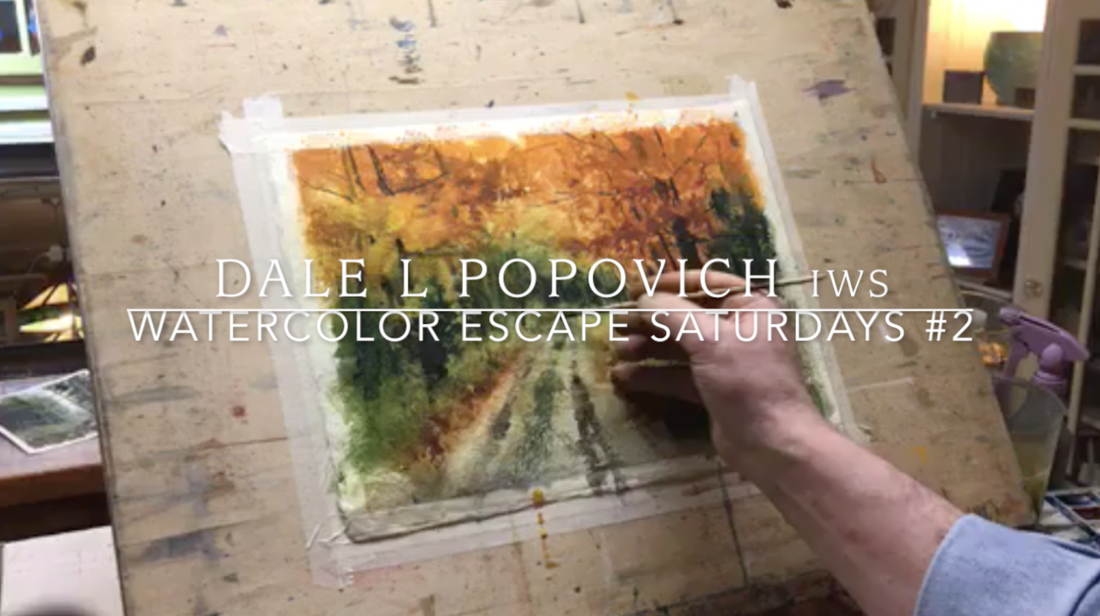

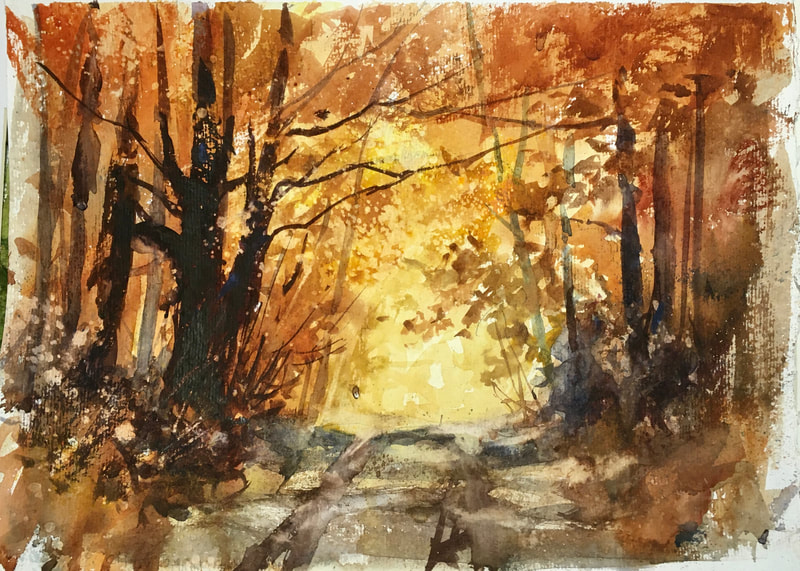

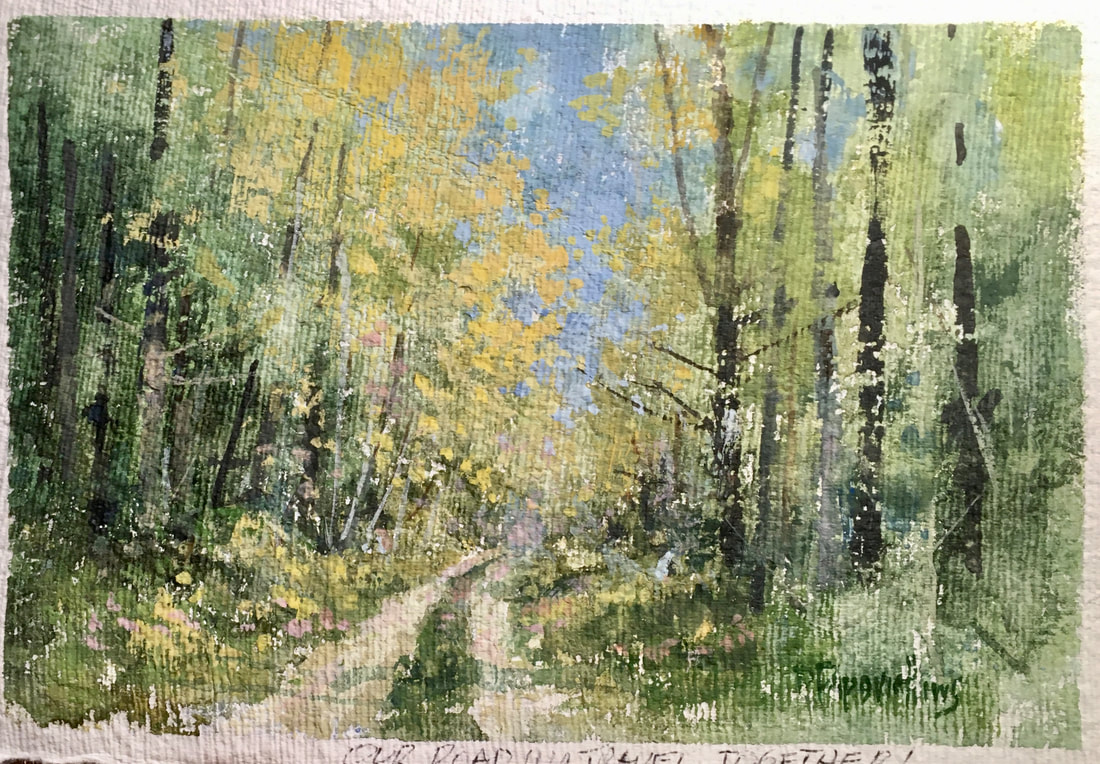

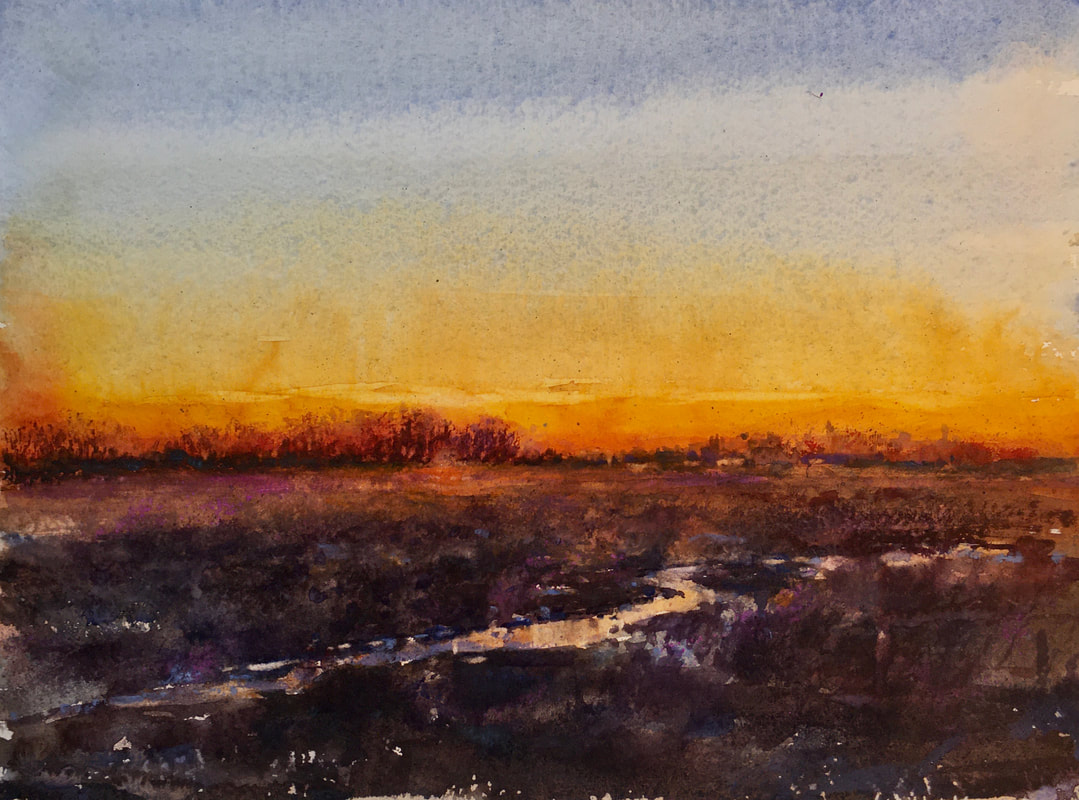

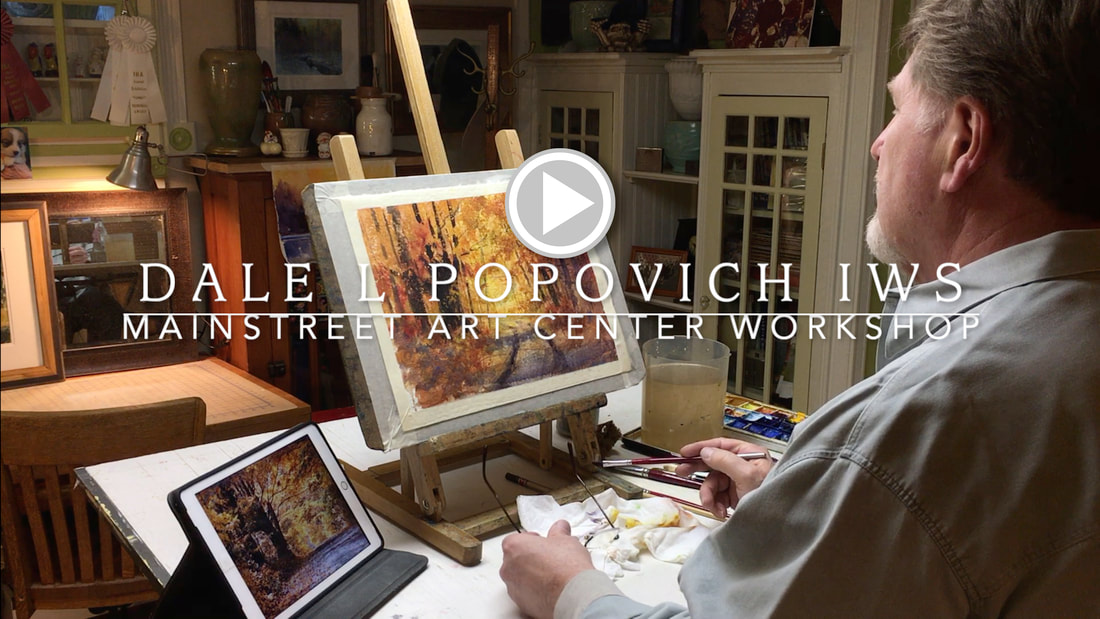
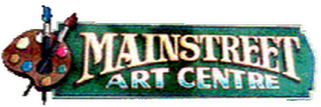

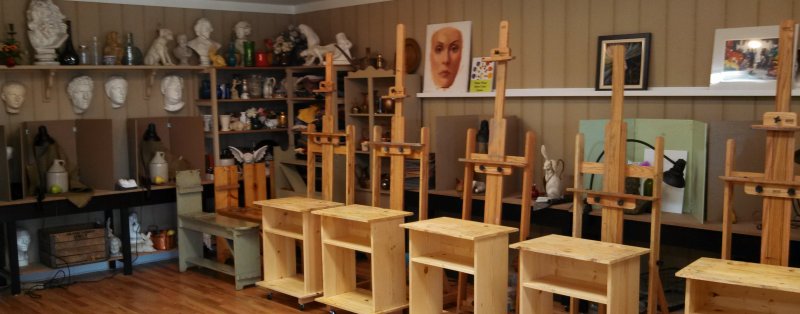
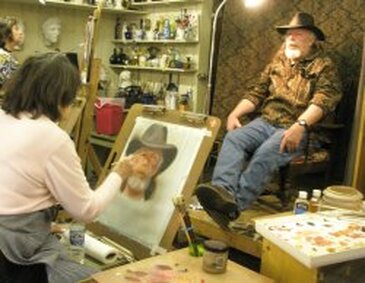
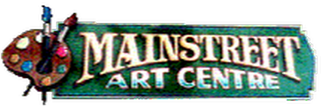


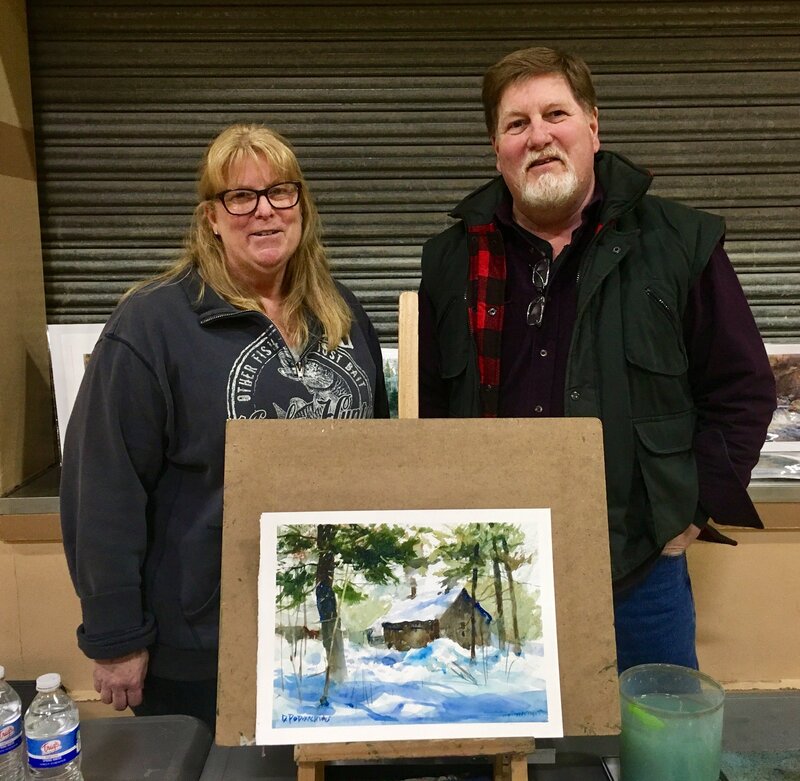


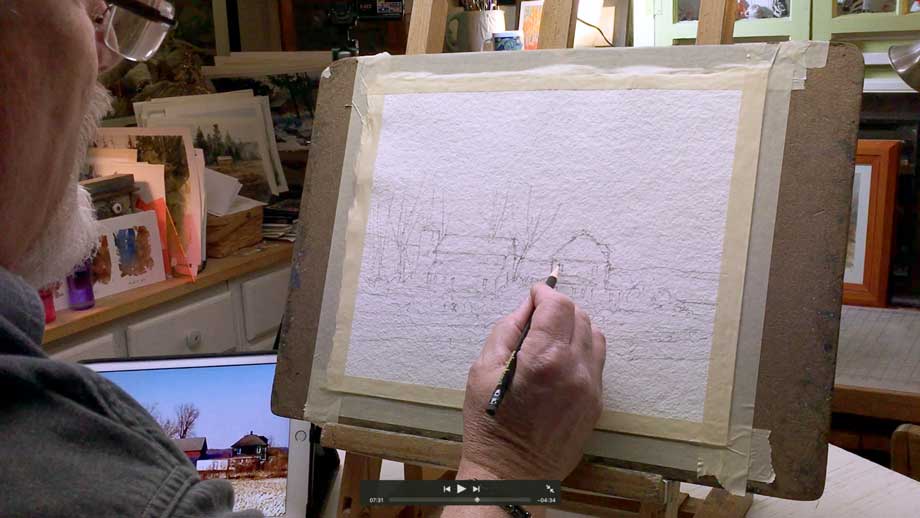
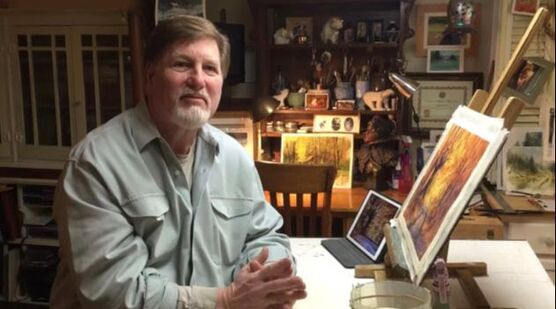
 RSS Feed
RSS Feed

